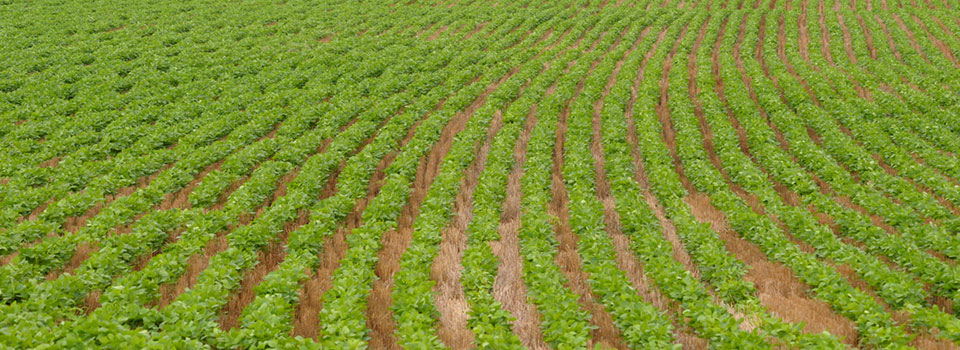
Fertilizer prices are impacted by the price for oil, inflation and demand, said K-State farm management specialist Gregg Ibendahl.
Oil prices, inflation among key influences on fertilizer cost
K-State farm management specialist says fertilizer is ‘most important’ variable expense
At a glance: K-State farm management specialist Gregg Ibendahl says the price of oil, inflation rates and demand are key factors affecting the price of fertilizer.
More information: Gregg Ibendahl, ibendahl@ksu.edu
Related: Soil Test Interpretations and Fertilizer Recommendations in Kansas
Feb. 26, 2024
Jacob Klaudt, K-State Research and Extension news service
MANHATTAN, Kan. – Kansas State University farm management extension specialist Gregg Ibendahl says the price of oil, inflation rates and demand for fertilizer impact the price of one of the most expensive inputs in farming: fertilizer.
“When we look at the variable expenses, fertilizer is the most important one,” Ibendahl said. “Farmers have got a lot of money tied up in growing a crop, especially with something like corn, or grain sorghum or wheat, where you’re putting a lot of nitrogen on your product. Those crops use a lot of fertilizer, and whenever those prices go up, we see a corresponding hit to the farmer’s bottom line.”
Listen to an interview by Shelby Varner with Gregg Ibendahl on the weekday radio program, Agriculture Today
Ibendahl said oil prices play a crucial role in setting fertilizer costs.
“Oil is a big driver, so whenever we see oil prices go up, we’re going to see a corresponding hit on the fertilizer side. As long as the oil prices stay in the $70 range, I think you’ll look at fertilizer prices as being steady,” he said.
Like a lot of other input costs, inflation proves to be another factor affecting how much farmers pay for fertilizer.
“As long as we have inflation down to the 3-4% range, you’re looking at fertilizer in the $800 (per ton) range as pretty realistic,” Ibendahl said.
Ultimately, the availability of fertilizer can play the biggest role in determining its price. In years when producers plant more crops with high nitrogen requirements, fertilizer prices rise, Ibendahl said.
“When we see the prices for grains favoring more corn production, we’re going to see a bigger hit to the farmer’s bottom line because they’re going to have to apply nitrogen.”
Buying fertilizer during certain times of the year can create tax advantages and cost savings for producers.
“If you go back and look at what happened a year ago, a lot of farmers tend to want to buy fertilizer in the fall because they can count that as an expense in the current year, and it can help lower things for tax purposes,” he said. “A year ago, it was the case that fertilizer prices went down all winter so those farmers who bought fertilizer later in the year actually came out ahead of those folks who bought fertilizer earlier in the year.”
Ibendahl forecasts a different trend in fertilizer prices during 2024 and urges producers not to follow last year’s buying pattern.
“I don’t think that’s going to be the case this year. I don’t think waiting and buying fertilizer this spring will allow much saving because fertilizer has been rising a good portion of the winter,” Ibendahl said.
“I think fertilizer tends to be steady during the year. I don’t see a lot of downside potential in the fertilizer market based on the fertilizer price and inflation price. I don’t see fertilizer prices going lower; I think the risk of things going higher is a bigger risk to producers.”
Updated reports on many issues related to agricultural economics are available online at http://www.agmanager.info, a site managed by K-State’s Department of Agricultural Economics.
***

K‑State Research and Extension is a short name for the Kansas State University Agricultural Experiment Station and Cooperative Extension Service, a program designed to generate and distribute useful knowledge for the well‑being of Kansans. Supported by county, state, federal and private funds, the program has county extension offices, experiment fields, area extension offices and regional research centers statewide. Its headquarters is on the K‑State campus in Manhattan. For more information, visit www.ksre.ksu.edu. K-State Research and Extension is an equal opportunity provider and employer.